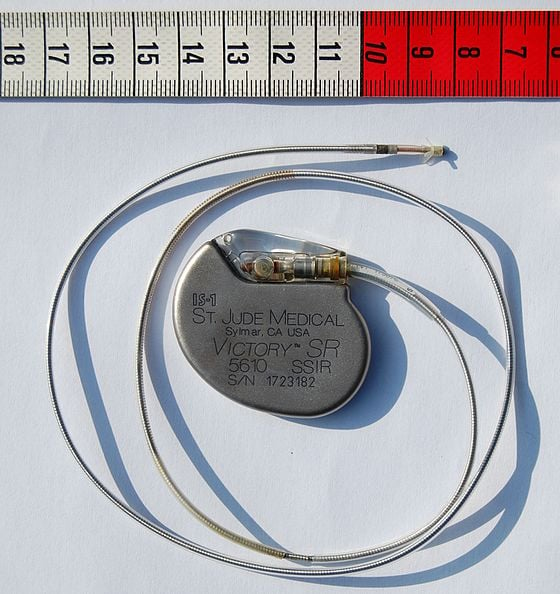Why is the Headquarters of the CDC in Atlanta?
The Center for Disease Control and Prevention, better known as the CDC, is an agency under the US Department of Health and Human Services. Their primary focus is on protecting the people from health threats by fighting disease and support communities and citizens that need their help. So if they are a national agency, why […]
Why is the Headquarters of the CDC in Atlanta? Read More »









